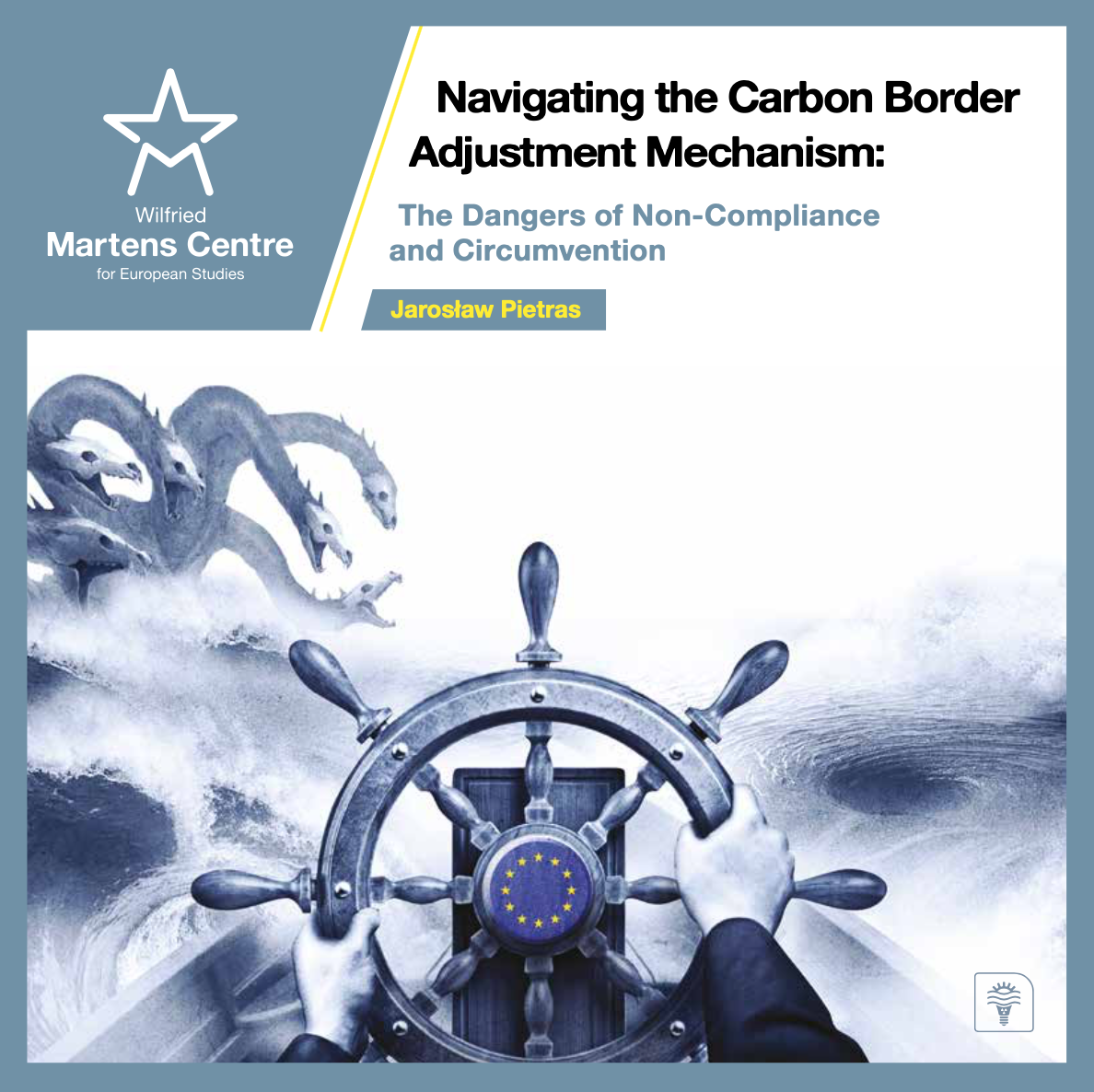Navigating the Carbon Border Adjustment Mechanism: The Dangers of Non-Compliance and Circumvention
15 November 2022
The EU Carbon Border Adjustment Mechanism (CBAM) has to pass two major tests before it can come into effect. It has to withstand any challenges to its compatibility with the World Trade Organization rules. It also has to prove that it can effectively address carbon leakage and ensure a level playing field for European companies. It should not be allowed to be circumvented. This depends on the design of the CBAM and on how it is implemented.
If the CBAM is structured to be an effective tool to prevent carbon leakage, it will have to cover a wide scope of emissions, which may negatively affect many trading partners. The endeavour to prevent circumvention may turn the CBAM into an administrative nightmare for companies and for the public institutions involved. Many more trade-offs would have to be taken into account in the design and implementation of the mechanism and these will be discussed in this paper. All of them require thorough consideration and policy choices that have been carefully thought through. The paper includes a number of policy recommendations. The CBAM is unique in the world of trade—if it is to succeed, expectations must be tempered. If the CBAM is indeed able to help to achieve climate objectives, many countries may go on to develop similar instruments of their own. However, the failure of the CBAM could have serious implications for the global trading system and EU climate policy.
ENJOYING THIS CONTENT
